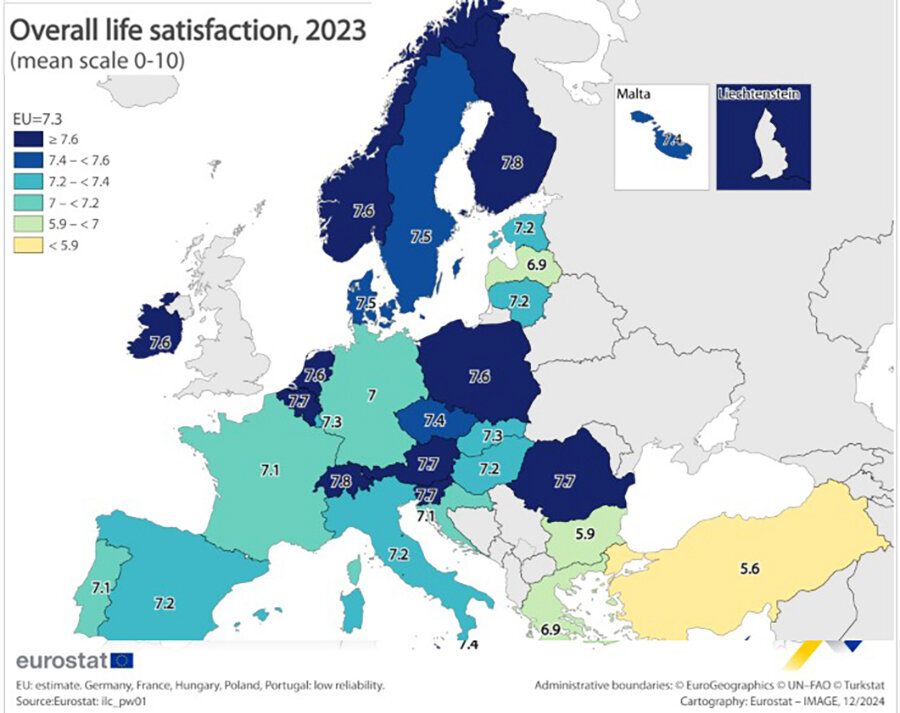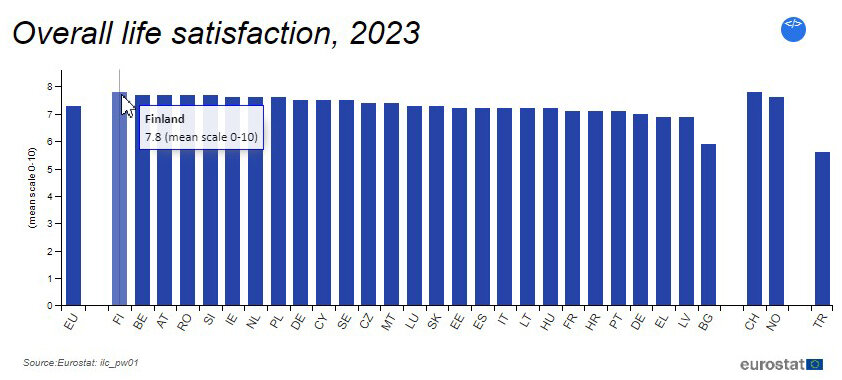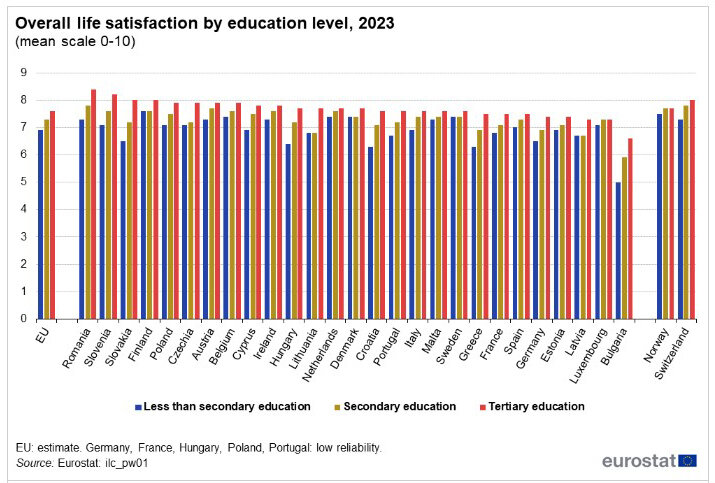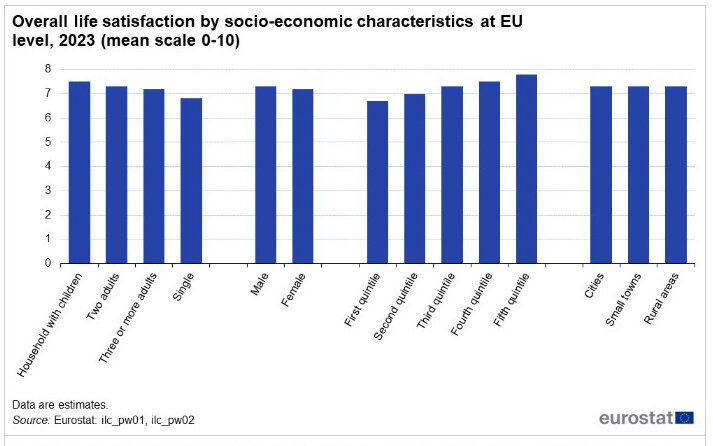читайте также
 Where the Wealthy Live Comfortably: The Latest Ranking of Cities and Countries
Where the Wealthy Live Comfortably: The Latest Ranking of Cities and Countries
 Emergency landings in Portugal: rising incidents raise questions about flight safety
Emergency landings in Portugal: rising incidents raise questions about flight safety
 Prime London Property Prices Fall 3.2%
Prime London Property Prices Fall 3.2%
 How EU countries issue Schengen visas to Russians after the new restrictions
How EU countries issue Schengen visas to Russians after the new restrictions
 Construction sector in Georgia slows down after several years of growth
Construction sector in Georgia slows down after several years of growth
 Rising Tourist Taxes in 2026: Japan, Greece, Thailand, Norway, Venice, and Spain — How Much Will Travelers Pay?
Rising Tourist Taxes in 2026: Japan, Greece, Thailand, Norway, Venice, and Spain — How Much Will Travelers Pay?
Ratings / Research / Finland / Bulgaria / Switzerland / Norway / Belgium / Austria / Romania / Slovenia / Latvia / Greece 08.02.2025
Which European Countries Have the Highest Life Satisfaction?

Eurostat has published data on life satisfaction across Europe for 2023, highlighting how factors like age, education, family status, and financial situation influence overall well-being.
The EU average life satisfaction score on a 0 to 10 scale was 7.3.
Finland ranked highest with 7.8,
Bulgaria had the lowest score at 5.9.
Switzerland and Norway (non-EU countries) also received high scores of 7.8.
Close behind were Belgium, Austria, Romania, and Slovenia at 7.7.
Near the bottom, along with Bulgaria, were Latvia and Greece (6.9).
Across the EU, except Bulgaria, the average life satisfaction score exceeded six, indicating that most respondents were more satisfied than dissatisfied.

How Age Affects Life Satisfaction
In 2023, younger people (ages 16–29) were generally more satisfied with life than those aged 65+.
However, the lowest satisfaction levels were reported by the 25–64 age group.
The largest gap between young and elderly respondents was observed in Croatia (2.6 points) and Slovakia (2.2 points).
Interestingly, in Finland and the Netherlands, life satisfaction slightly increases with age, meaning those aged 65+ were more satisfied than younger groups.
Similar trends were observed in Sweden, Denmark, and Luxembourg.

Education & Life Satisfaction
Higher education correlates with higher life satisfaction:
In Romania, those with a university degree rated their satisfaction at 8.4, while those with less than secondary education scored 7.6.
In Bulgaria, the gap was more pronounced: 6.6 (higher education) vs. 5.0 (lower education).
The biggest disparities in life satisfaction between education levels were found in Bulgaria (1.6-point gap), Slovakia (1.5), Croatia, and Hungary (1.3 each).

Family & Household Composition
People living with children reported higher life satisfaction.
Families with children scored 7.5, slightly higher than the 7.3 average for two adults living together.
Households with three or more adults (without dependents) had a score of 7.2,
Single-person households had the lowest satisfaction level at 6.8.
Despite this, the proportion of single-person households in the EU is increasing.
The study also noted that this trend may not apply to other continents, as life satisfaction studies outside Europe often yield different results.
Income & Life Satisfaction
There is a clear correlation between income levels and happiness:
High-income respondents rated their life satisfaction at 7.9,
Low-income respondents rated it at 6.7.
However, even among lower-income individuals, most scores exceeded six, meaning the majority were "rather satisfied" than dissatisfied.

Urban vs. Rural Life Satisfaction
At the EU level, no significant differences in life satisfaction were found between urban and rural areas.
However, within specific countries, regional variations and even opposite trends were observed.
Gender differences in life satisfaction were minimal, with only a 0.1-point gap between men and women.





